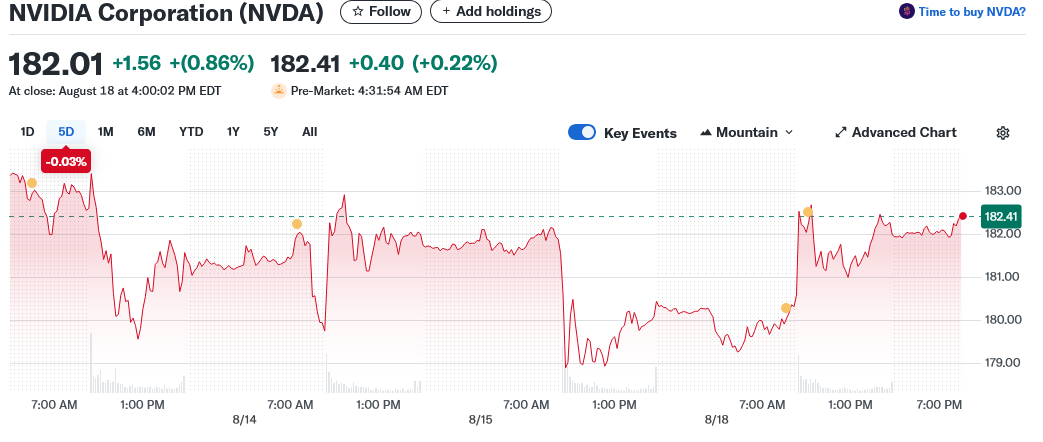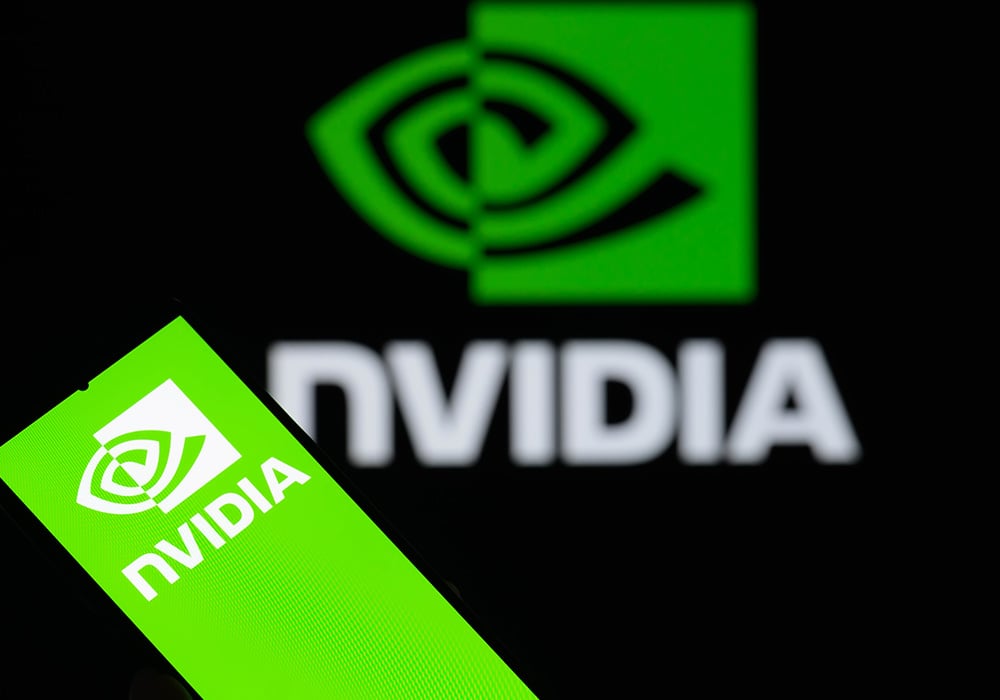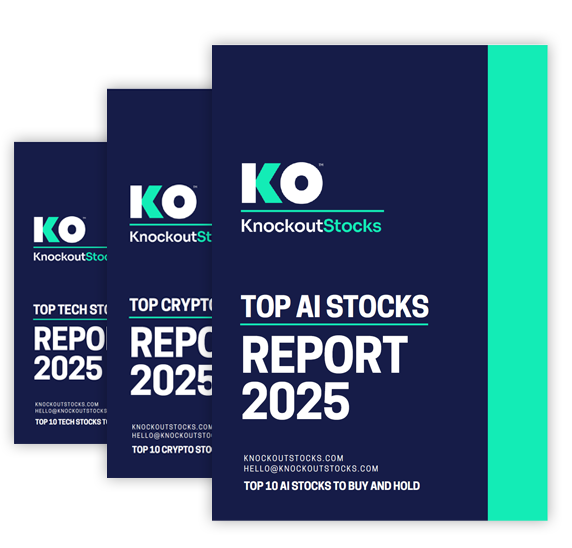TLDR
- Nvidia reports fiscal Q2 earnings August 27 with analysts expecting strong performance and outlook
- Morgan Stanley raised price target to $206, modeling $46.6B revenue for July quarter
- New China deal allows sales with 15% fee to U.S. government, revenue expected soon
- Historical data shows Nvidia stock typically surges after earnings reports
- Multiple analysts see path to $200B-$300B data center revenue in 2025-2026
Nvidia stock faces one of its most anticipated earnings calls in recent memory when the AI chip giant reports fiscal second-quarter results on August 27. The stakes couldn’t be higher for the company that has become synonymous with artificial intelligence infrastructure.
Wall Street expectations have climbed heading into the report. Morgan Stanley raised its price target to $206 from $200 while modeling $46.6 billion in revenue for the July quarter.
That represents an increase from the firm’s prior forecast of $45.2 billion. The investment bank also boosted its October quarter projection to $52.5 billion from $51.3 billion.
Historical patterns suggest investors should pay attention. Over the past three years, Nvidia stock has surged after nearly every earnings release with just one exception.
The lone outlier came earlier this year when concerns about Chinese competition and President Trump’s tariff policies briefly dampened sentiment. Those worries have largely faded as new investor enthusiasm has returned.

China Revenue Set to Return
A major development could boost Nvidia’s numbers in coming quarters. The company recently struck a deal with the U.S. government allowing it to resume sales in China.
Under the agreement, Nvidia will pay 15% of its Chinese revenue back to Washington. While this might seem costly, the company’s pricing power in the chip market should allow it to absorb the expense.
China generated $17.1 billion in fiscal 2025 revenue for Nvidia, representing 13.1% of total sales. Analysts expect revenue from the country to start appearing in reports soon.
Piper Sandler analyst Harsh Kumar noted that current Wall Street estimates don’t reflect the inclusion of China business. The firm expects revenue from the country to begin flowing toward the end of this month.
Multiple Growth Drivers in Focus
Several key themes will drive investor attention during the earnings call. Hyperscaler spending remains a primary catalyst as companies like Meta, Alphabet, Amazon and Microsoft maintain massive capital expenditure commitments.
These four companies alone are estimated to spend $340 billion on AI infrastructure this year. Meta made a $14.3 billion investment in Scale AI while launching Meta Superintelligence Labs.
Sovereign AI projects represent another growth avenue. Project Stargate, unveiled after President Trump’s inauguration, commits $500 billion to U.S. AI infrastructure buildout.
Countries across the Middle East including the UAE and Saudi Arabia have launched similar initiatives. Nvidia’s industry-leading chipsets serve as the backbone for these efforts.
Emerging applications continue expanding beyond traditional data centers. Tesla’s decision to replace its in-house Dojo system with Nvidia-powered infrastructure highlights the company’s role in autonomous vehicles.
CEO Jensen Huang believes the robotics market alone could be worth multiple trillions long-term. Quantum computing represents yet another frontier where Nvidia continues innovating.
Analyst Optimism Builds
Cantor Fitzgerald boosted its price target to $240 from $200, maintaining an overweight rating. The firm sees a clear path to $200 billion-$300 billion in data center revenue for 2025-2026.
With Blackwell chip production ramping up, estimates appear poised to reaccelerate. Cantor supports a path to $8 in earnings power by calendar 2026.
McKinsey projects data centers will require $6.7 trillion worldwide by 2030 to meet computing power demand. This massive infrastructure need positions Nvidia at the center of a multi-year growth cycle.
Despite recent gains, Nvidia’s forward price-to-earnings multiple still trades below prior peaks during the AI revolution. This suggests much of the future growth isn’t fully priced into current levels.
The company’s valuation expansion has been recent but remains at a discount compared to earlier forward earnings peaks. This could signal meaningful upside as new opportunities scale and contribute to growth.
Nvidia shares have climbed 35% this year and gained 45% from this time in 2024. The stock closed recently at levels that suggest continued momentum heading into earnings.
For long-term investors, the focus shouldn’t be on timing the perfect entry point. Dollar-cost averaging remains an effective approach to building positions in one of the AI era’s defining winners.
CEO Jensen Huang recently discussed his management philosophy, noting he’s “created more billionaires on my management team than any CEO in the world.” His children Madison and Spencer both started as interns before taking leadership roles.
Madison now operates the Omniverse division’s 3D simulation software while Spencer oversees AI-model development and robotics-perception systems. Their journey reflects Huang’s belief that “you have to suffer” and “struggle” to achieve greatness.



